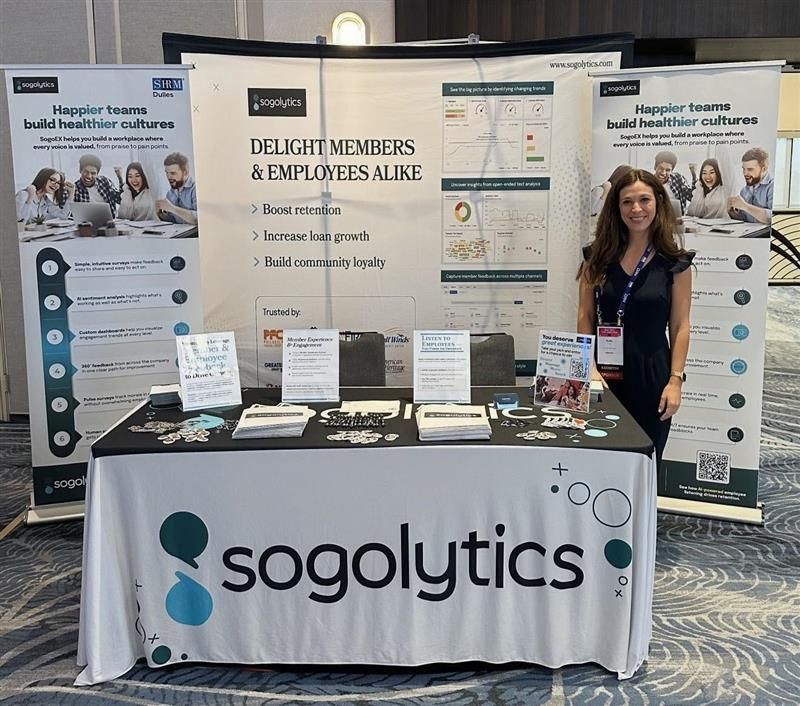Let’s face it: Everyone wants K-12 kids back in school full-time, none more so than the kids themselves. But with the strict guidelines found in the CDC’s “Operational Strategy for K-12 Schools through Phased Prevention,” teachers, parents, students, staff—everyone—have concerns and ideas about the best way to accomplish it. How can you make sure all your stakeholders are heard?
Consider using targeted surveys. They’re quick and easy, and one of the best ways to gather input and feedback from all groups. Because many groups make up every K12 learning community, actively soliciting school district stakeholder feedback is critical. Here are a few ways to use surveys to boost the success of your back-to-school plans.

Keep it short
Think of your own personal email account. We’ve all filled out those surveys that took 20 or more minutes, and it was tedious. To get your best survey response rate, keep it short. It might make sense to build a funnel of short surveys to send out intermittently. You could segregate your surveys by phases — like return-to-school surveys for planning, then follow-up check-ins on the schedule that makes sense. Try to keep each survey to 5 questions or fewer. Make sure your survey doesn’t take more than 10 minutes to fill out.
Use some open-ended questions
Asking open-ended questions helps you better understand your target audience in their own words. For example, you could ask parents, “What would you like to see happen before we bring kids back into the classrooms?” Or if you’re not ready for a barrage of advice, ask them something simpler, but make it pertinent, which leads to the next suggestion.
Keep questions pertinent
To have the most success with your surveys, only ask questions you’ll actually use. If you don’t specifically need the information you’re asking for, you’re wasting your stakeholders’ time as well as your own. You’ll get much better responses you can use when you only ask essential questions. Need help? Start with professionally designed K12 survey templates.
Keeping questions pertinent also lends itself well to targeting your audience. Make a list of all your stakeholders and create a survey that’s geared specifically to their interests and opinions, such as parents, students, teachers, school officials, bus drivers, etc. When you get batches of responses, you’ll be happy you only asked a few pertinent questions.
Think of your survey as a conversation
Start with closed-ended questions that are either “yes” or “no” answers, a checkbox, or a multiple choice answer. Then end with one or two open-ended questions that get to the heart of what you want and need to know from your stakeholders.
You can even encourage your respondents to view the surveys as an ongoing conversation you’re having. When your target audience feels like they’re being heard, they’re more likely to respond. But make sure you don’t use leading questions because you want their genuine responses to your survey.

Avoid loaded questions
This goes without saying, but loaded and double-barrelled questions usually backfire. Either a respondent will skip the question or even leave your survey. For example, asking parents, “How would you rate the quality of our pandemic response and the teachers’ support for the students?” Not only is that loaded, but there’s a lot asked in it, which might turn some people away. What’s actually being rated — the quality of the response or the teachers’ support?
If you want to know the answers to both questions, split it into two separate asks. Then be prepared for the answers.
Balance your answer choices
A balanced choice of answers swings the gamut from Awful to Below Average to Average to Great, depending on your question. But if you only offer Very Helpful, Helpful, or Neither Helpful nor Unhelpful, you’re limiting their answer to something that might be more positive than you intended.
Think of your answer choices as a continuum between two opposite answers or opinions. Many people will fall somewhere in between, so you need to offer choices along the rating scale continuum.
Avoid absolutes
An absolute is a qualifier that leaves no wiggle room, such as “never,” “always,” “every,” etc. Consider the question, “Does your child always ride the bus?” with the answer a simple “yes” or “no.” What if a child usually — but not always — rides the bus? Even kids who almost always ride the bus sometimes miss the bus or have a big project they need to take in, so their parent drives them to school. Parents may find any number of reasons the bus isn’t always the primary source of school transportation. But if they answer “no,” it doesn’t take into consideration that their kids do ride the bus most often. Using absolute qualifiers means the answers you get aren’t completely accurate, which means they’re less useful in decision-making.

Final thoughts
As you’re designing your survey, consider how to prioritize the participant experience. How would you feel about receiving that survey — let alone responding to it? After all of your efforts, if the intended participants don’t respond, nothing else matters. Make the most of every question, and if you’re not an expert, call in back-up or simply do your own research! The Pew Research Center, an eminent leader in conducting surveys, has a great article on writing survey questions, if you’d like more information.
If you want to call in the experts for survey design services, you can, but the tips above will help you uncover what you really need to know with your surveys. As long as you keep them short, pertinent, and offer respondents balanced choices for answers, you’re well on your way to both quantitative and qualitative answers to help you nail your back-to-school plans. Imagine the beginning of next school year: happy teachers, parents, students, staff, and more. Does that sound impossible? You won’t know if you don’t try.














